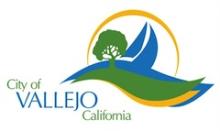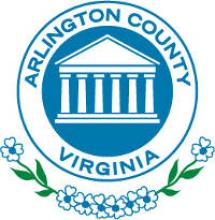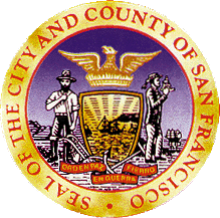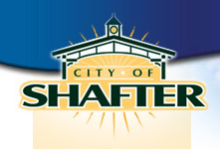"We Should Build A Muni In Vallejo"
The Times Herald in Vallejo posted a letter to the editor in early May from Chris Platzer; we want to share it with our readers. There are approximately 115,000 people in Vallejo and people like Platzer are looking for ways to better connectivity options. In the article, Platzer suggests his community take advantage of several well-considered steps to deploy its own fiber network.
Platzer suggests the community begin with an investment to create a network to connect a series of public facilities. He notes savings from discontinued leased lines could then be reinvested to incrementally expand the initial investment. He suggests maximizing use of fiber and conduit planted years ago; fiber planted with state funds to create and intelligent traffic system.
This approach would allow Vallejo to build a vast fiber optic network without issuing debt. The plan should encourage extra fiber, so when high tech companies ask for access to its fiber, Vallejo can oblige.
As more businesses request access, i.e. Kaiser and the CHP call center, a city fiber network can develop various ways to meet these needs. It can lease dark fiber to businesses that want it, including other carriers that want to connect their customers.
Platzer also notes that Vallejo could lease infrastructure to ISPs to generate revenue for the network and the general fund. A muni would open up other possibilities for and improve access for the community at large.
The accumulated savings could fund many public amenities, including free WiFi through out the City. In addition to synchronizing all the traffic signals in the City, the addition of video cameras on the network would assist public safety, and drivers would have several ways of getting real-time parking information. The telecommunications services the city could make available (telephone, cable and broadband) to local residents and/or business would have a profoundly positive impact on the General Fund and do much to enhance Vallejo as a "digital" destination!
We published a case study on how Santa Monica built a network using this very model.










